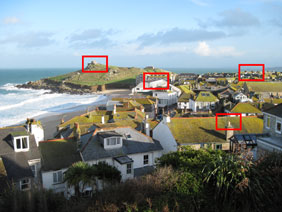Canon PowerShot A1100 IS
-
-
Written by Gordon Laing
Canon PowerShot A1100 IS ss Nikon COOLPIX L20 Real-life resolution
Canon PowerShot A1100 IS |
Nikon COOLPIX L20 | |
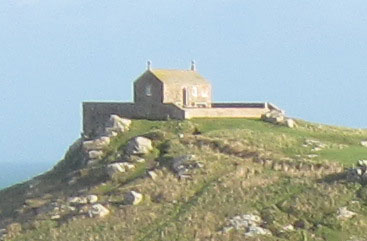 | 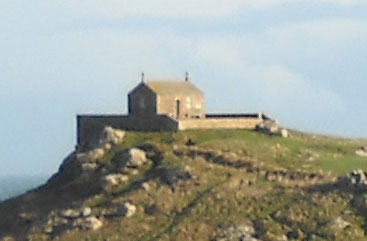 | |
f2.7, 80 ISO |
f5.5, 64 ISO | |
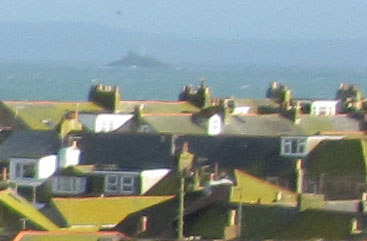 | 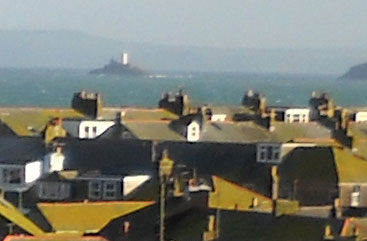 | |
f2.7, 80 ISO |
f5.5, 64 ISO | |
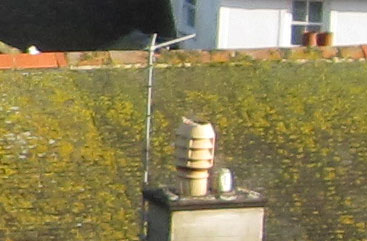 | 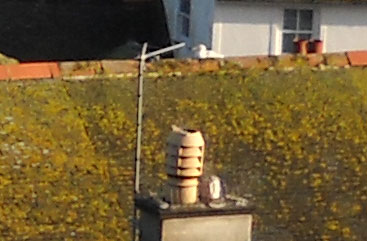 | |
f2.7, 80 ISO |
f5.5, 64 ISO | |
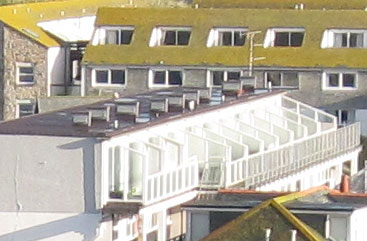 | 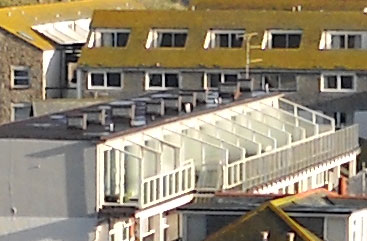 | |
f2.7, 80 ISO |
f5.5, 64 ISO |
The above image was taken with the Canon PowerShot A1100 IS set to 80 ISO. The lens was set to 6.4mm and the evaluative metering selected an exposure of 1/640 of a second at f2.7. The original 4000×3000 pixel image measured 3.2MB. The four crops are taken from the areas marked with the red squares and presented below at 100%. The most obvious problem with this shot from the PowerShot A1100 Is is that it’s over-exposed. Though this is a fairly typical landscape shot, with the bright morning sunlight reflecting off white walls it’s not as straightforward a subject as it might first appear. Having said that, the PowerShot A1100 would have made a better job of it with an exposure of half to one stop less, which would have retained more of the highlight details in the balconies (fourth crop) and in other parts of the image. Generally, the PowerShot A1100 IS had a tendency to err on the side of overexposure. Aside from that the crops show a decent level of detail across the frame. The second crop shows evidence of some softening and loss of detail at the edge of the frame, but it’s within acceptable limits and there’s no evidence of chromatic aberration which causes coloured fringing around contrasting edges. The crops look a little flat (lacking contrast) and the shadows look a bit washed out and noisy, but that’s mostly a consequence of the overexposure. The Powershot image has a cooler colour balance tending towards the green part of the spectrum. Cast is too strong a word for it, but the Nikon COOLPIX L20 image is much warmer by comparison. The Nikon crops look punchy and sharp, and they are, but if you ignore the over-exposure, we’d say there’s little to chose in sharpness between the crops taken from the centre of the frame. In the first crop the Canon looks to be sharper, despite the over-exposure. But if you look at the lighthouse crop taken from the edge of the frame, the Nikon COOLPIX is a clear winner, making a much better job of resolving detail at the edges of the frame than the Powershot A1100 IS. Exposure is one of the most critical factors affecting image quality, however, and in this instance, (and others) the PowerShot A1100 got it wrong, leaving the Nikon COOLPIX L20 the clear winner. Now head over to our Canon PowerShot A1100 IS Noise results to see how it compares in terms of high sensitivities. |

